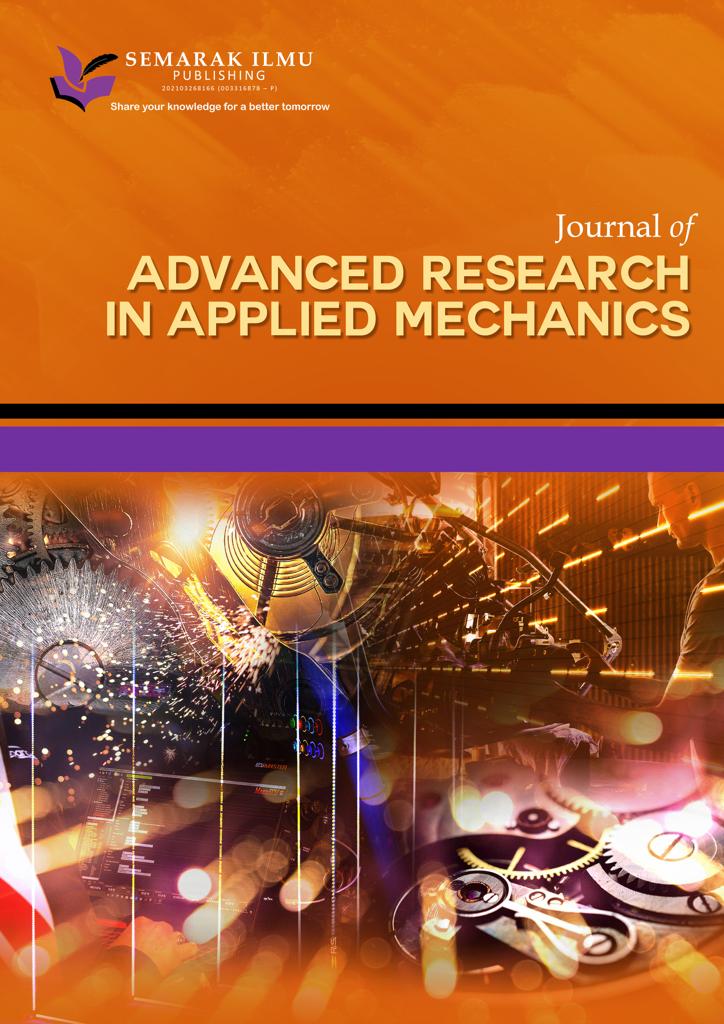Assessment of Wind Power Potentials in Chittagong, Bangladesh Using Weibull Distribution Function
DOI:
https://doi.org/10.37934/arfmts.105.1.154165Keywords:
Wind energy assessment, Weibull distribution function, Chittagong, BangladeshAbstract
Wind resource assessment is a key stage in planning for a wind energy project to predict the output power. Therefore, a full understanding of the wind characteristics at the potential site is required. This study examines the potential wind power of twelve meteorological stations in the Chittagong division over a tenure of ten-year ranges from 2010 to 2019. The statistical analyzer as the Weibull two-parameter distribution method has been utilized to determine the characteristics of wind speed and wind energy potential at the selected locations. The "WRPLOT" software has also been used to display the wind direction and the corresponding wind speed direction. Among these stations, Ambagan has a high wind factor, ranging from 2.1 to 3.2 m/s. The highest wind speed for Ambagan station was recorded in April (3.26 m/s) and the lowest was in November (1.06 m/s) compared to other selected stations. The Weibull form parameter (k) and scale parameter (c) at Ambagan station had the highest values of 1.5 and 3.5 m/s, respectively. With additional analysis and observation of these parameters, it became possible to predict the location in Chittagong with the greatest wind energy potential. In terms of wind direction, the prevailing wind direction of all stations is generally in the south. Furthermore, the results concluded that all of the analyzed parameters considered for wind behavior were numerically higher for Ambagan in contrast to other stations of the Chittagong division. This study clearly indicates that the Ambagan station should be used to maximize the potential of wind energy to attain the future goals of sustainable development for Bangladesh.
Downloads



























